Video Menu
My Favorite Videos
My Favorite Videos
Angel Cabrera and Natalie Gulbis - Glutes for Stability
Sorry, you need to be a member to access this video.
You Are Just Seconds Away - Become a member here!
Already a member? Log in now
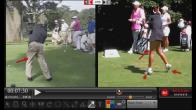
Angel Cabrera and Natalie Gulbis pack a ton of power in their golf swing. In this video, I'll show you just how the lead side glute muscles can help you build power and control in your golf swing.
- The glute muscles are pivotal for controlling the speed of the hips
- Use the glutes to stabilize the hips and to leverage the ground for more power in your golf swing
Alright all you power-seeking golfers, I'm Rotary Swing Instructor Chris Tyler, and this week I'm going to be showing you how.
This past weekend's champion Angel Cabrera and a very well-known player on the LPGA Tour, used their left or lead side glute muscles for not only stability in the lower half, but pulling power out of the ground.
Let's go ahead and get started.
Okay, So this week we're going to be focusing on a really important muscle group in both Angel Cabrera and Natalie Galbus, and that's going to be the glute muscles.
On both the lead side and the trail side.
I'm going to go ahead and draw a line that's going to touch both the players' backsides here, and normally I would draw this line straight down, but we have a little bit of a conflicting angle here from Angel Cabrera.
I want to show you guys how they use their glute muscles in their takeaway and their backswing, But also the most important part is using those lead side glutes to control the speed of the hips.
And also to be able to use them to leverage the ground for power.
Now there's a lot of people on the site we have that are hip spinners, and I know that we talk a lot about different ways or different drills that you can control the speed of the hips, but if you get some really good kinesthetic awareness of the lead side glute muscles, you can in turn control the speed of the hips in the hitting area.
So let's go ahead and take a look here.
I'm going to go ahead and load both players up to the top part of their swings here and I want to show you a couple of things.
Both players get the club a little bit long and across the line.
Natalie gets it extremely long and across the line, But both players have been able to restrict the total amount of hip rotation by loading that trail side glute.
And that's absolutely important.
You're going to see a video on the website called Load the Right Glute, Shorten, Swing, Start, Transition, and that's a great video.
That's in the program backswing section.
That's a great video for those of you players that are really trying to shorten up your move and really try to get some good.
Kinesthetic awareness and create separation between the hip line and shoulder line.
But what I want to really focus on is those lead side glutes today, and I want to show you a couple of really common moves that both players have.
So I've gotten Natalie into the hitting area here and I'm going to get Angel down into the hitting area.
And you can see that both players have that left glute pushed back against this line, where their hips have not come forward, causing a lot of early extension out of the spine.
Both players have been able to leverage the ground and you can see that both players don't have their hips spun open.
More than 35, maybe 40 degrees max, which is in turn allowing them to stall the body and letting the hands and arms pass in front.
So what we're looking to do is we're looking to get into that left side, Use that left glute muscles to stabilize the hips, and then use those left obliques to pull that left hip away from the target.
Then what you're doing is basically you're stalling the body, allowing the hands and arms to act independently.
And you've moved all that power up the kinetic chain and then turned it into maximum speed in the hitting area.
And then in turn also created a really good consistent lower half move.
So let's go ahead and take a look at another angle here.
Okay, so here we are looking at the reverse angle of both players, both Angel Cabrera and And I know in that last frame on the Natalie Gulbis side, you probably saw her right foot come off the ground.
And I know we addressed that in the last analysis that we did on Justin Rose, how we can use the role of the right foot as a breaking mechanism.
We want to be rolled to the inside part of that foot.
But you can also, for you hip spinners, aside from using that right foot rolled to the inside part of the foot, if you have some good awareness of those glute muscles, You can really control the speed of those hips in the hitting area and not running yourself into a bunch of big blocks or a bunch of quick hooks.
So you're going to see here, I'm going to go ahead and load Angel up to the top part of his golf swing.
You're going to see that his left knee dips inward, which allows his head just to drop a little bit below this original line that I've drawn.
We have a great video on the website called the Left Knee Laser Beam Drill.
That's for lower body stability.
We don't really want this left knee to really dip in unless you know how to control both sides of the lower half of the body through the glute muscles.
And you're going to see as he gets back down into the hitting area here, or as he works in transition, right here is a very critical move.
So you can see where his hands are and he's actually fully loaded into this left side, where he's got this glute muscle really engaged right here.
And he's going to use this glute muscle for stabilizing that speed of the hips, and he's also going to use it to drive that heel into the ground.
And then ultimately work to pull that left hip away from the target with the left obliques, which is going to move that leg to that left leg to a straight position.
So that's allowing him to leverage the ground without making any sort of drastic squat move, Which is probably one of the more overdone moves that we've seen on the website.
Where people are trying to make this drastic amount of squat.
And in turn, running into a lot of problems where they get a lot of early extension out of the spine.
Because when you sink down in the quads, The quads are going to want to try to fire very early.
And then it becomes a really big mess and a really big headache for consistency issues.
So you can see as he's getting down into the hitting area, he's fully seated into that left side.
He's now going to be driving that left heel into the ground and in turn, he's going to be using that for leverage.
So same kind of thing over here with Natalie, I'm going to go ahead and mark the top part of her head here.
She's going to shift just a little bit.
Okay, you're going to see that she has that same sort of left knee dip.
She gets the club a little bit longer across the line there and then as she works back down, you can see that she's fully seated into this left glute at this particular junction.
So Angel's got his hands just a fraction lower, but she's fully seated in that left side.
She's using the left glute muscles.
You can see that that right foot's starting to come off the ground to try to help a little bit too much at this point.
But as long as she's got those glute muscles, those lead side glutes really engaged, She should be able to stabilize the hips just as she did in the backswing, and in turn, use that to be able to stall the body correctly.
And let me go ahead and work her down into impact here.
You can see that that left leg has gone to a straight position.
She has leveraged the ground a ton because she's nearly come up onto her toes on her left side.
She's pulled the power out of the ground and then turned it into an immense amount of speed.
And you're going to see a very similar move here with Angel.
He's worked his left leg to a straight position.
Now he's delivering all that power, or moving that power up the chain and then turning in max speed at the hitting area, which in turn made him an extremely long hitter out there on the PGA Tour.
And Natalie is no slouch on the LPGA Tour as well.
So both players utilize their glute muscles not only to control the speed of the hips, but also to leverage the ground.
So once you start to develop that good kinesthetic awareness of those lead side glute muscles, as I've outlined in the straight left legged impact video, use that in conjunction with sitting into the left side, work on those drills, Work on making sure that you have awareness of the correct muscle groups and get those things engaged.
To be able to create consistency and move a lot of power up that chain.
All right.
So let's get out there and put it to use.
Let's use those lead side glute muscles to stabilize, turn that into power, bomb it past all your friends and have a great round.
I look forward to working more with you guys in the future and I hope you have a great day.
























































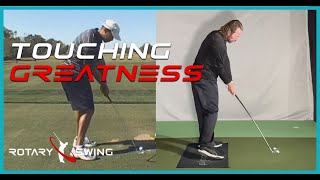
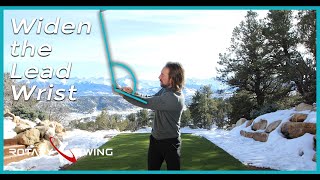
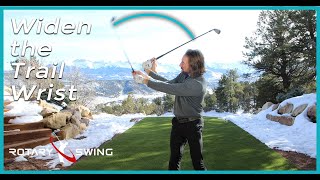
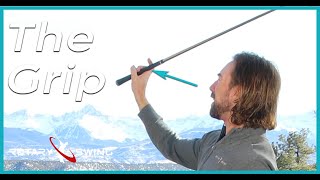
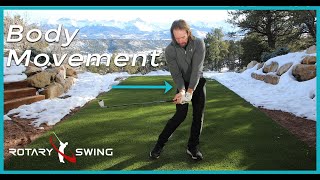
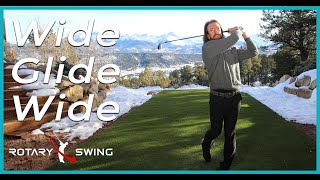
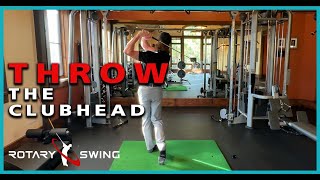






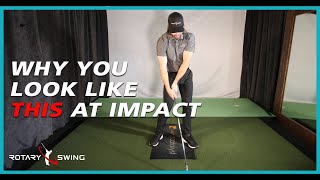
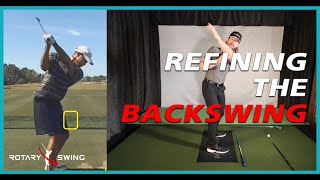
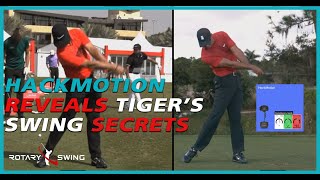
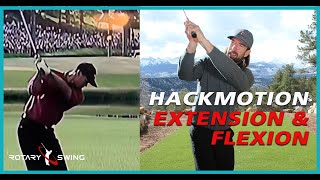
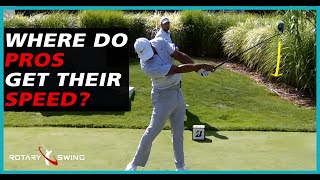
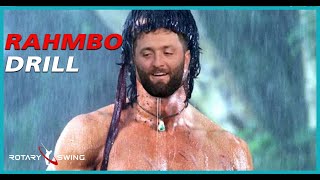
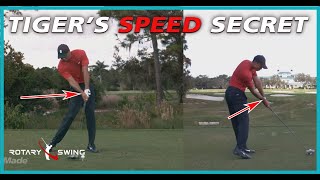




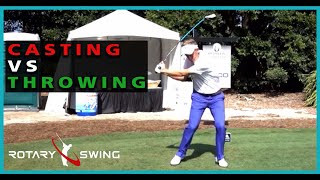
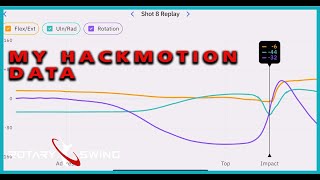
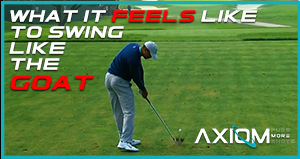
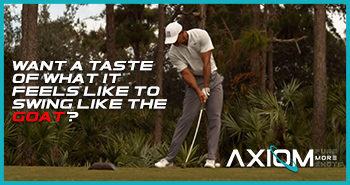
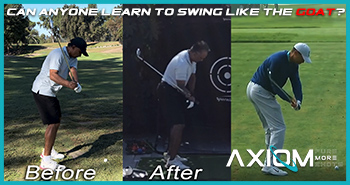
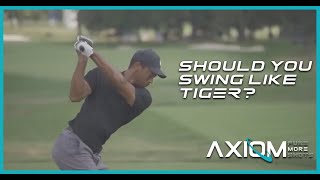
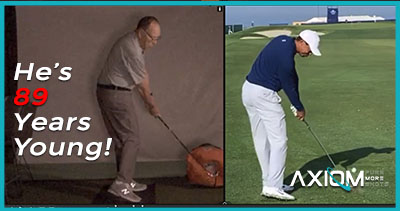
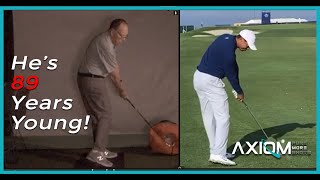
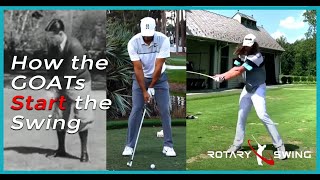
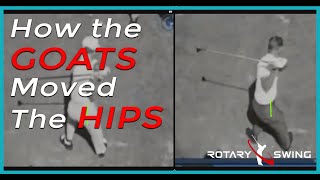
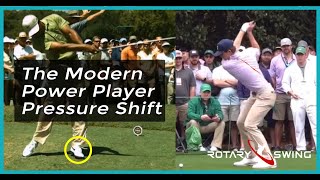
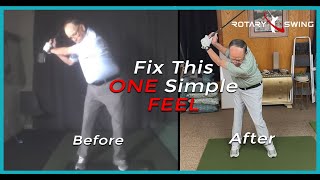
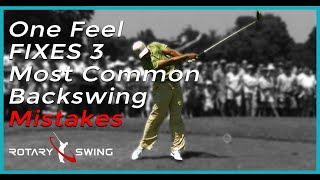
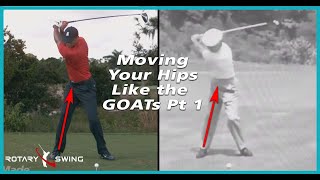
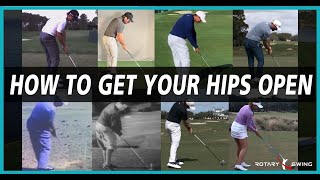
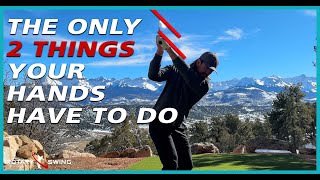
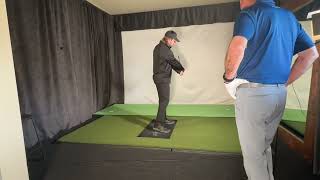
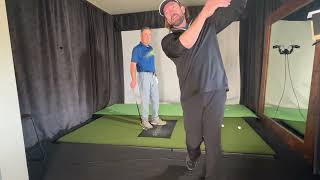
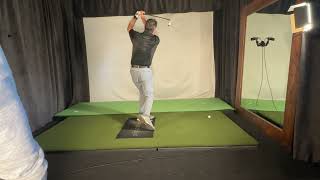
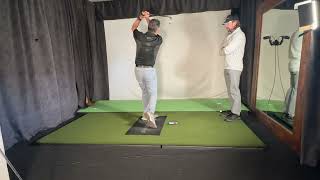
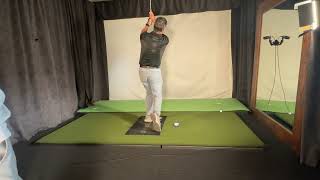
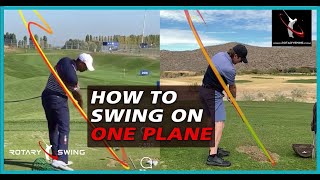
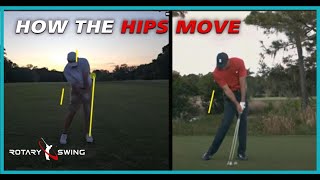
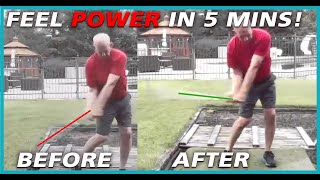
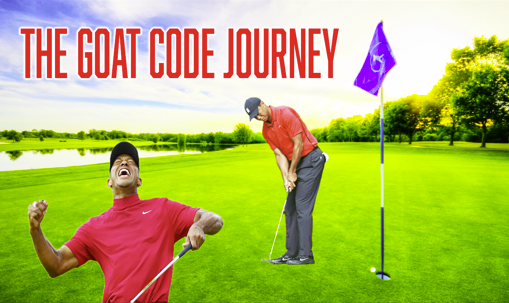
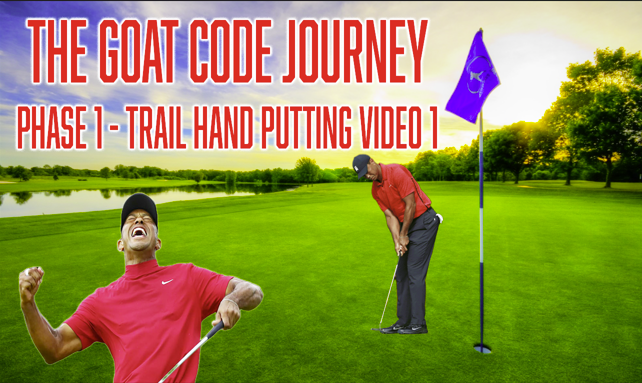
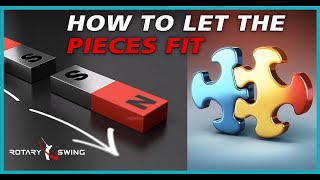
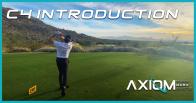
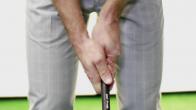
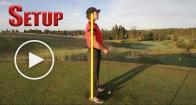
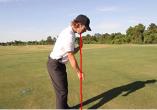
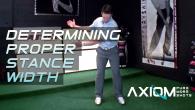
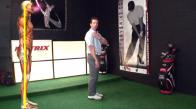
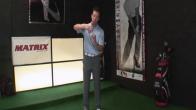
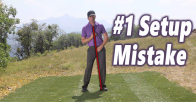
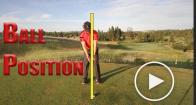
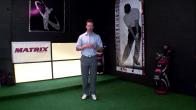
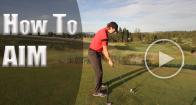
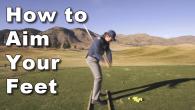
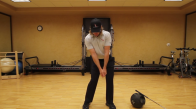
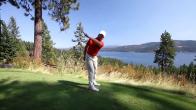
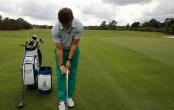
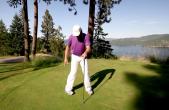
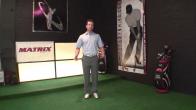
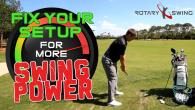
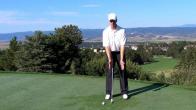
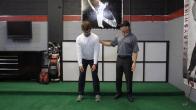
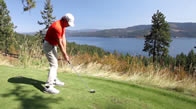
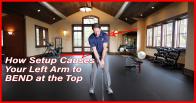
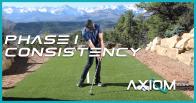
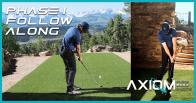
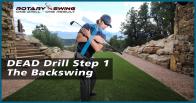
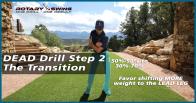
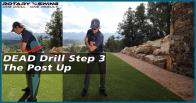
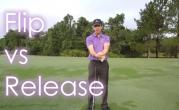
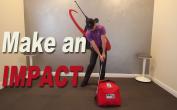
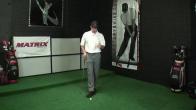
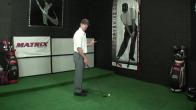
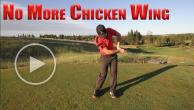
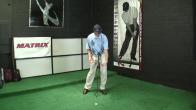
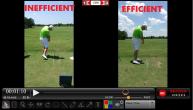
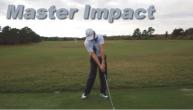
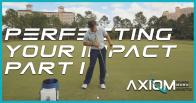
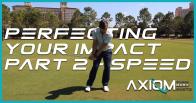
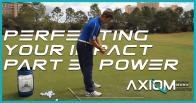
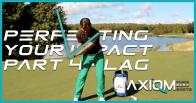
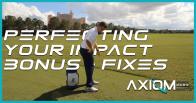
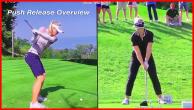
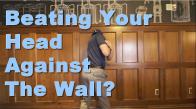
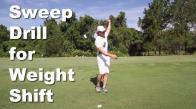
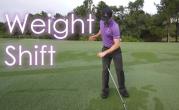
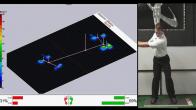
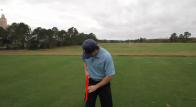
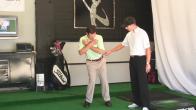
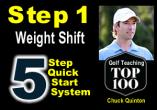
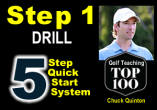
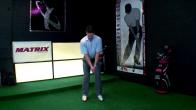
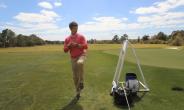
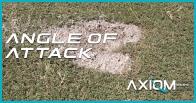
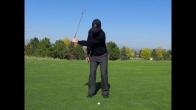
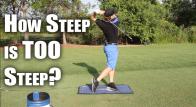
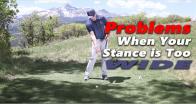

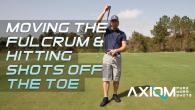
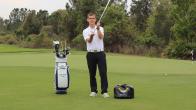
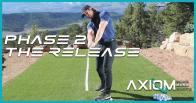
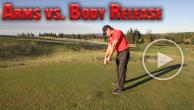

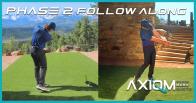
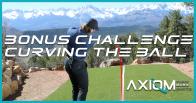
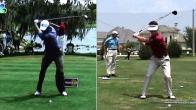
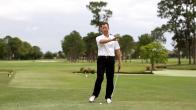
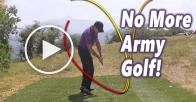
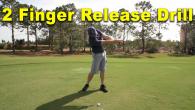


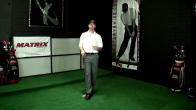
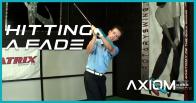
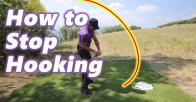

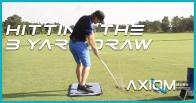
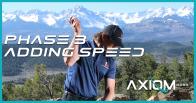


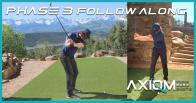
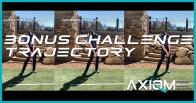
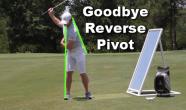
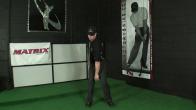
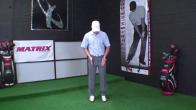
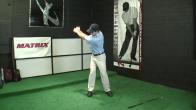
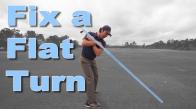

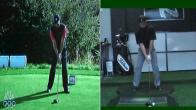
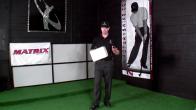
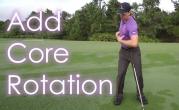
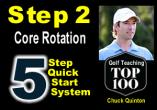
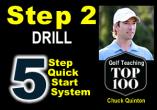
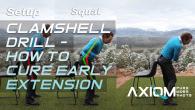
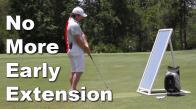
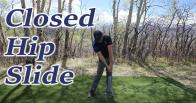

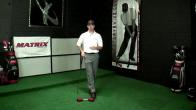
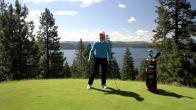
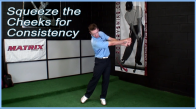
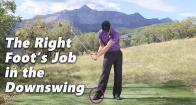
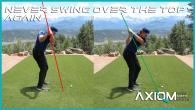


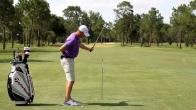
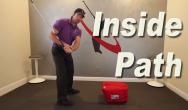

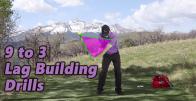
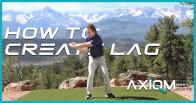
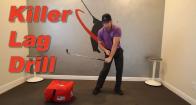
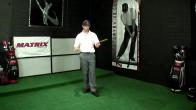
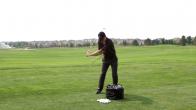
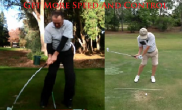
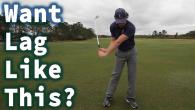

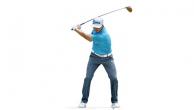

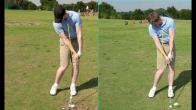
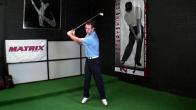
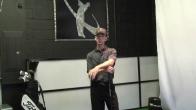
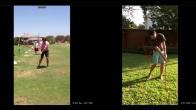
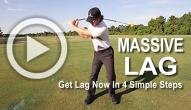
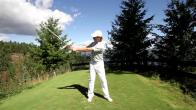
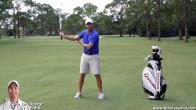
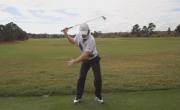
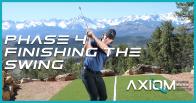
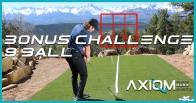
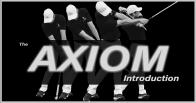
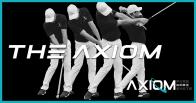
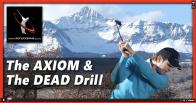
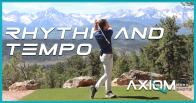
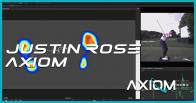
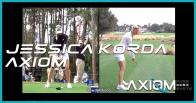
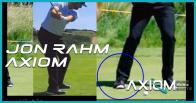
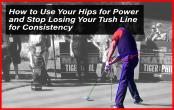
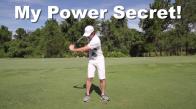
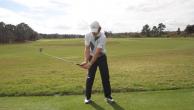
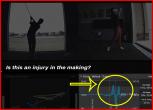
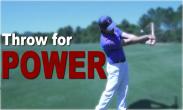
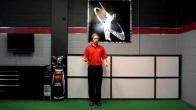
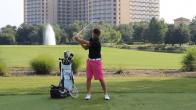
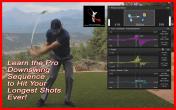


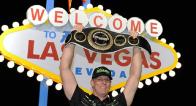
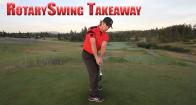
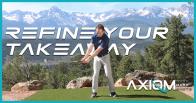
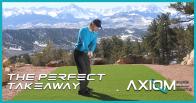
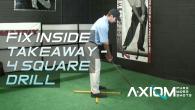
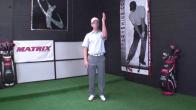
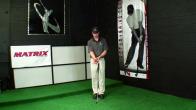
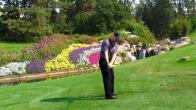
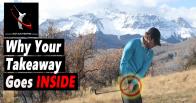
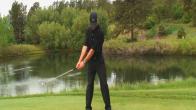
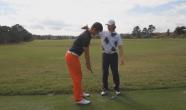
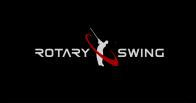
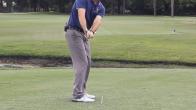
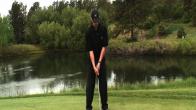
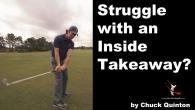
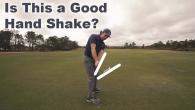
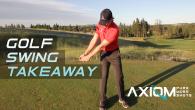
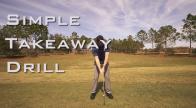
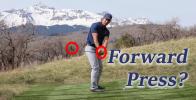
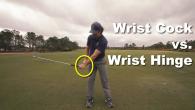
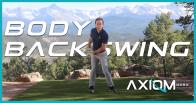
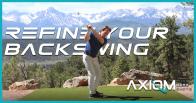
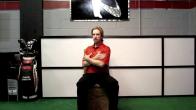
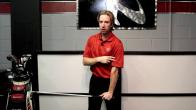
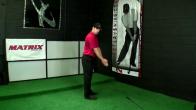
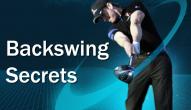
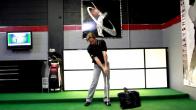
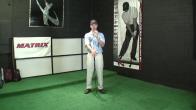
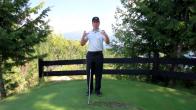
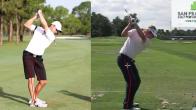

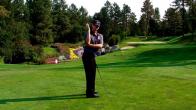

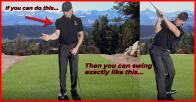

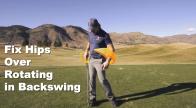
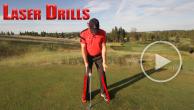
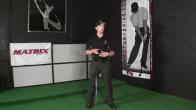
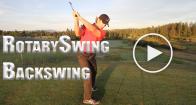
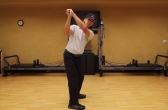
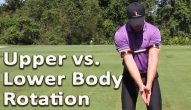
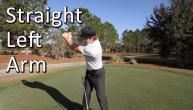
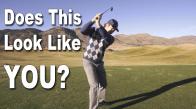


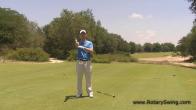
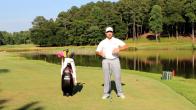
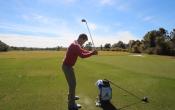

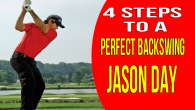
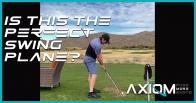

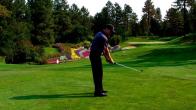
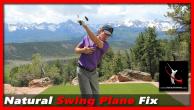
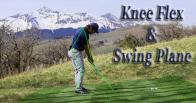
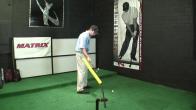
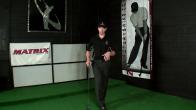
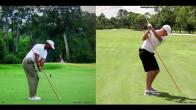
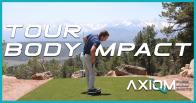
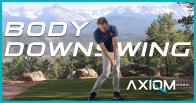
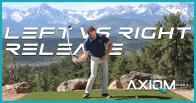
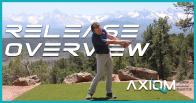
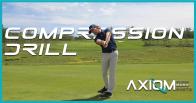
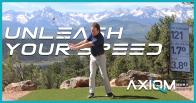
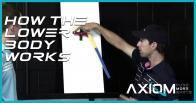
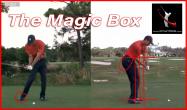
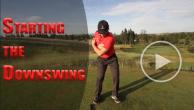
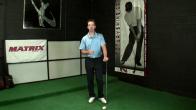
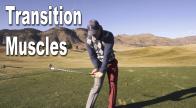
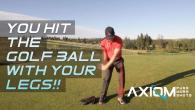
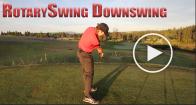
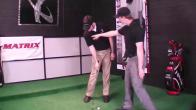
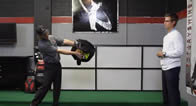
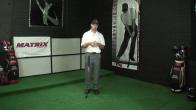
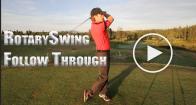
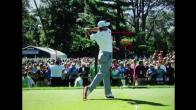
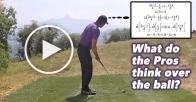
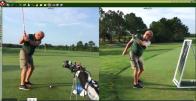

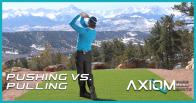
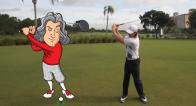
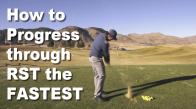
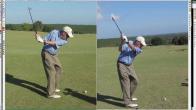
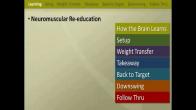
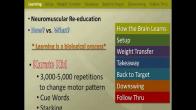
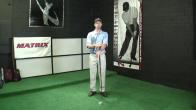
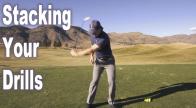
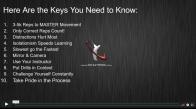
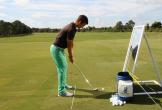
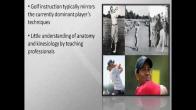
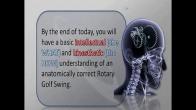
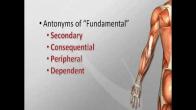
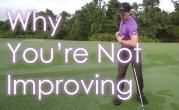

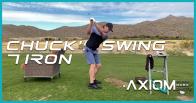
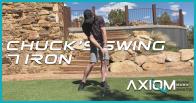
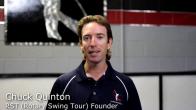
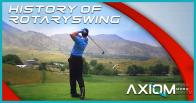
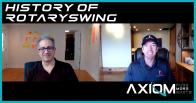
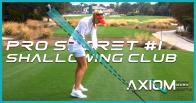
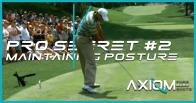
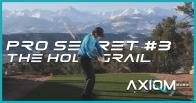
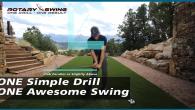
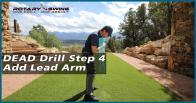
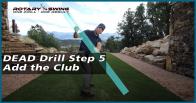
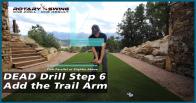
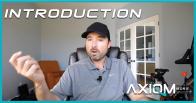
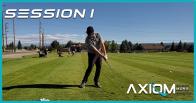
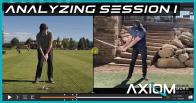
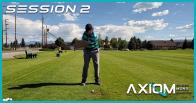
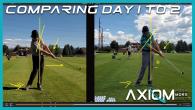
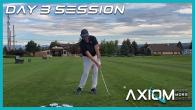
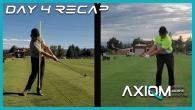
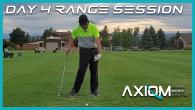
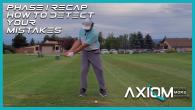
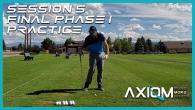
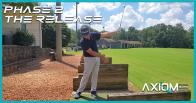
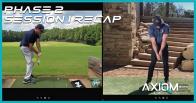
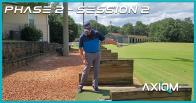
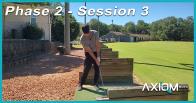
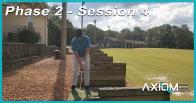
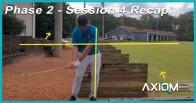
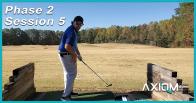
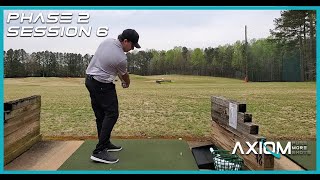
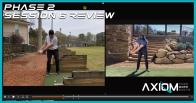
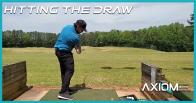
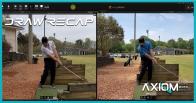












































































































GC
Craig (Certified RST Instructor)
Brandon
Craig (Certified RST Instructor)
BRUCE
Craig (Certified RST Instructor)
BRUCE
Craig (Certified RST Instructor)
Carver
Craig (Certified RST Instructor)
Carver
Craig (Certified RST Instructor)